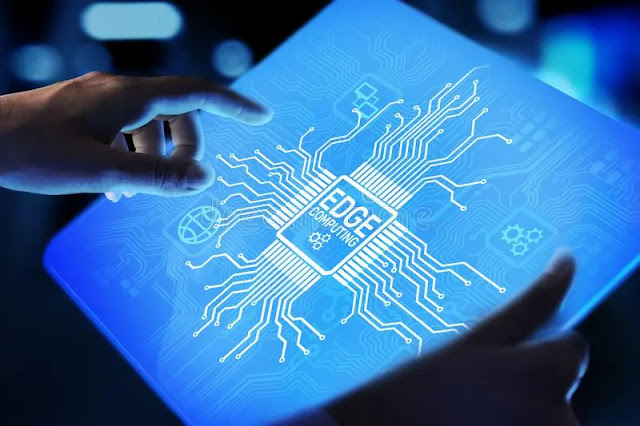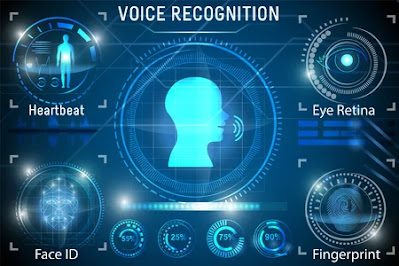The amount of data created is expanding at an unprecedented rate as the world gets more computerized. Moreover, it is anticipated that by 2025, there will be 175 zettabytes of data. With this vast volume of data, standard data processing and storage technologies are no longer adequate. Edge computing comes into play here.
Introduction to Edge Computing:
Edge computing is a novel technology that allows data processing and storage to occur closer to the data source, such as sensors or IOT devices. This method minimizes latency, boosts speed, and increases security, making it an essential technology for the future. In this post, we will look at what edge computing is, how it works, its advantages, and prospective applications.
How Does Edge Computing Work?
Edge computing is a decentralized method to data processing and storage that moves these processes closer to the data source, minimizing the amount of data that must be transferred to the cloud or a data center.
This is accomplished by processing and storing data on local devices such as routers, switches, and gateways rather than depending only on centralized data centers.
Working of Edge Computing :
Edge computing entails placing computer resources, such as sensors or IOT devices, closer to the source of data. These resources might be little devices like microcontrollers or larger equipment like servers.
The idea is to process and analyze data as near to the source as feasible in order to reduce the quantity of data that must be transmitted to a centralized data center or cloud.
Benefits of Edge Computing:
Reduced Latency:
Edge computing minimizes the amount of time it takes for data to go back and forth between the source and the cloud or data center by processing it closer to the source. As a result, latency is greatly decreased, boosting application performance and responsiveness.
Improved Performance:
Edge computing may dramatically increase application performance by lowering the amount of data that must be transferred to a centralized data center or cloud. This is particularly significant in applications requiring real-time data processing, such as driverless cars or industrial automation.
Enhanced Security:
Edge computing can improve security by minimizing the amount of data that must be transferred over public networks by processing and storing it locally. This is particularly relevant in areas where data privacy is vital, such as healthcare and banking.
Use Cases of Edge Computing:
Smart Cities:
In smart cities, edge computing may be used to interpret data from sensors and IOT devices, allowing for real-time monitoring of traffic patterns, energy use, and other critical data.
Industrial Automation:
Edge computing can be used in manufacturing plants to analyze data from sensors, enabling real-time monitoring of equipment and enhancing overall efficiency.
Autonomous Vehicles:
Edge computing can be used to interpret data from sensors in autonomous cars, allowing for real-time monitoring of road conditions and other critical data.
FAQs about Edge Computing:
Q1: Is edge computing same as cloud computing?
A: No, edge computing and cloud computing are not the same thing when it comes to data processing and storage. Edge computing, as opposed to cloud computing, puts data processing and storage closer to the source of the data.
Q2: What are the advantages of edge computing?
A: The advantages of edge computing include lower latency, better performance, and enhanced security.
Q3: What are some examples of edge computing applications?
A: Few examples of edge computing applications include smart cities, industrial automation, and autonomous cars.
Conclusion:
In conclusion edge computing is a game-changing technology with the potential to revolutionize the way we process and store data. Its tremendous advantages, along with prospective applications, make it a key technology for the future.
As more businesses use edge computing, we should expect to see more new and disruptive applications emerge in the coming years.








0 Comments